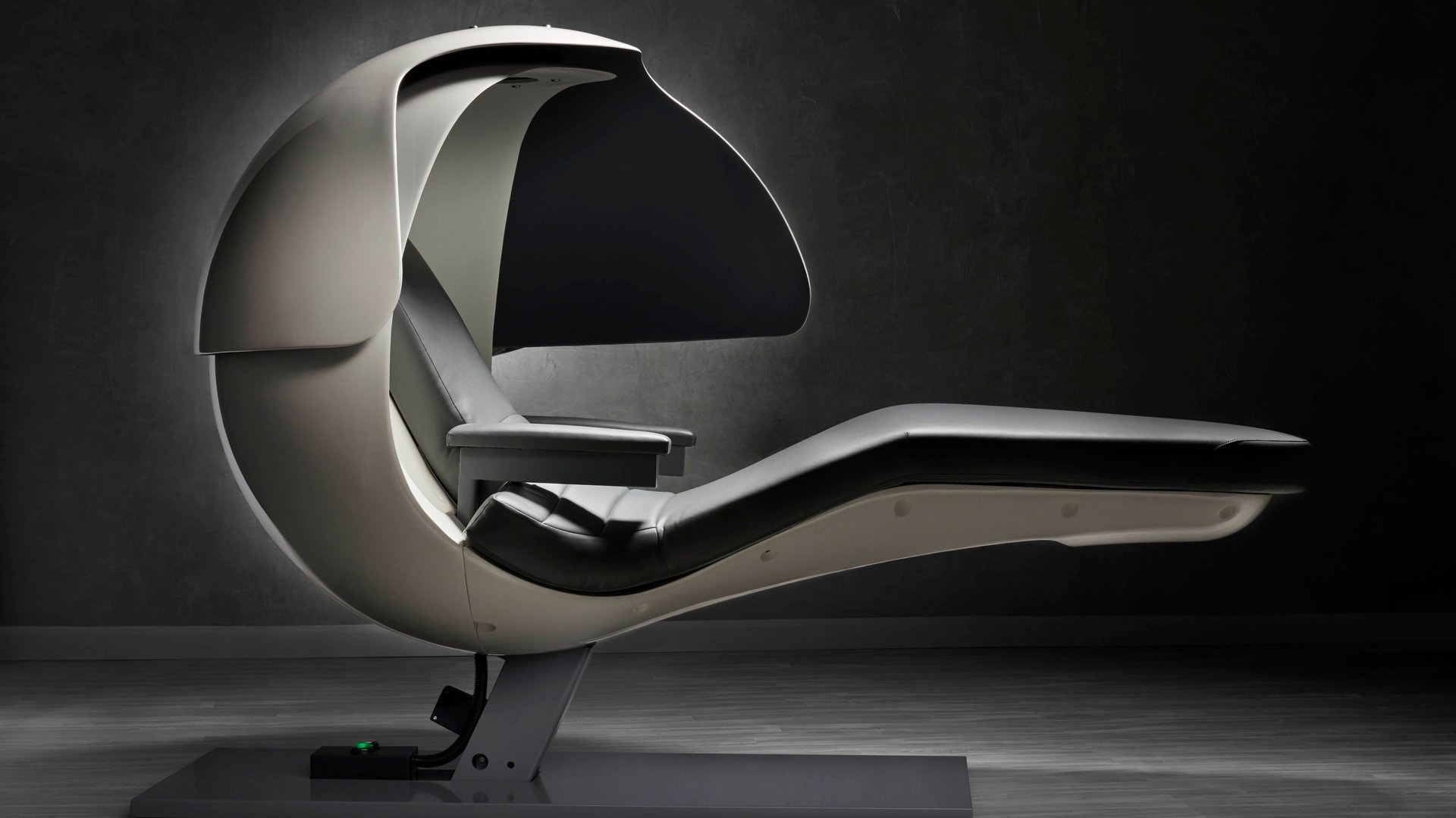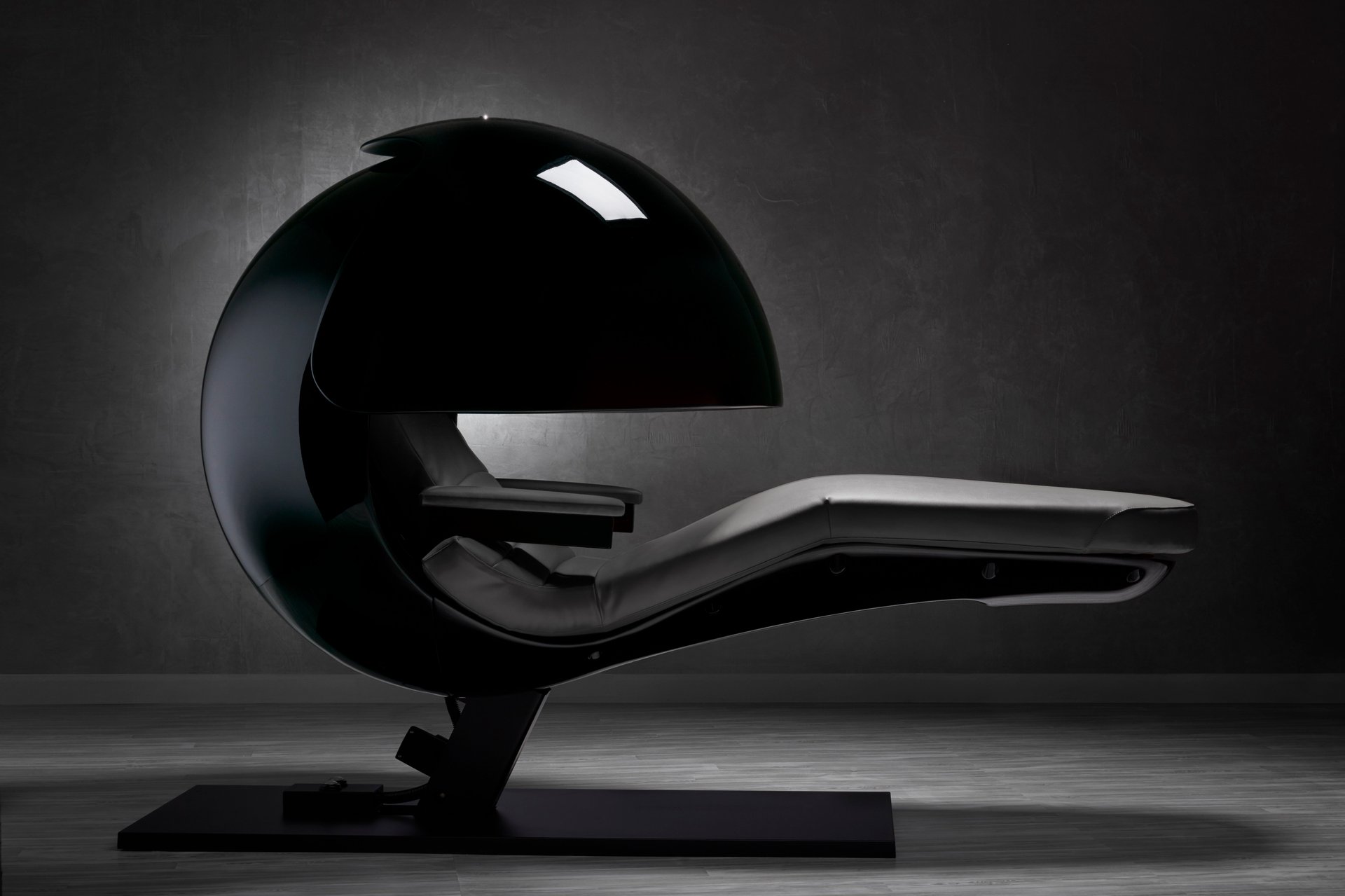What would you pay to be able to nap at the office?
For humans, naps are a built-in feature, not a bug. Scientific research has proven that feeling sleepy between 1 pm and 3 pm is as much the result of biology as it’s the result of a big lunch or a lousy night’s sleep.


For humans, naps are a built-in feature, not a bug. Scientific research has proven that feeling sleepy between 1 pm and 3 pm is as much the result of biology as it’s the result of a big lunch or a lousy night’s sleep.
Ancient civilizations honored this natural tendency by making naps part of their daily routine. But with the pressure to be productive after the industrial revolution, even siesta-friendly cultures like Spain have begun to nix the nap as a national pastime.
“Humans have been napping for thousands of years, but in the last 200 years we stopped doing that,” says Christopher Lindholst. “We see an opportunity to bring this back.”
Lindholst is the CEO of MetroNaps, which has been working for over a decade to make napping an acceptable part of the workday. The company’s product, the EnergyPod, is a $12,985 souped-up recliner chair that shields the light, gently vibrates, and plays “specially composed sleep music.”

MetroNaps does not just sell futuristic sleeping pods; it sells the productivity napping can unlock. “The why of napping is clear,” says Lindholst. “Napping can help boost alertness, boost your mood, boost your memory, and even provide cardiac relief.” Scientific research and a host of high-profile customers back up his sales pitch.
Companies like Google, Zappos, and Procter & Gamble reportedly have EnergyPods for their employees. Carnegie Mellon (the alma mater of a MetroNaps co-founder) has an EnergyPod for students. And hospitals like the University of Florida’s have EnergyPods for doctors and nurses on long shifts.
According to Lindholst, organizations see EnergyPods as an investment in their employees’ mental and physical health. Whether the investment is worth the product’s nearly $13,000 price tag is a question worth sleeping on.